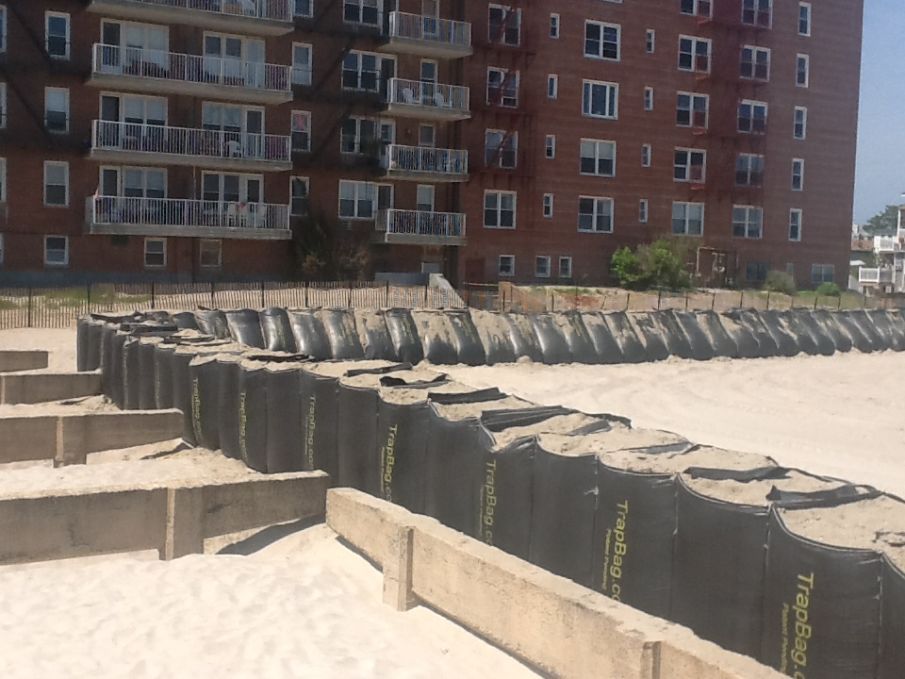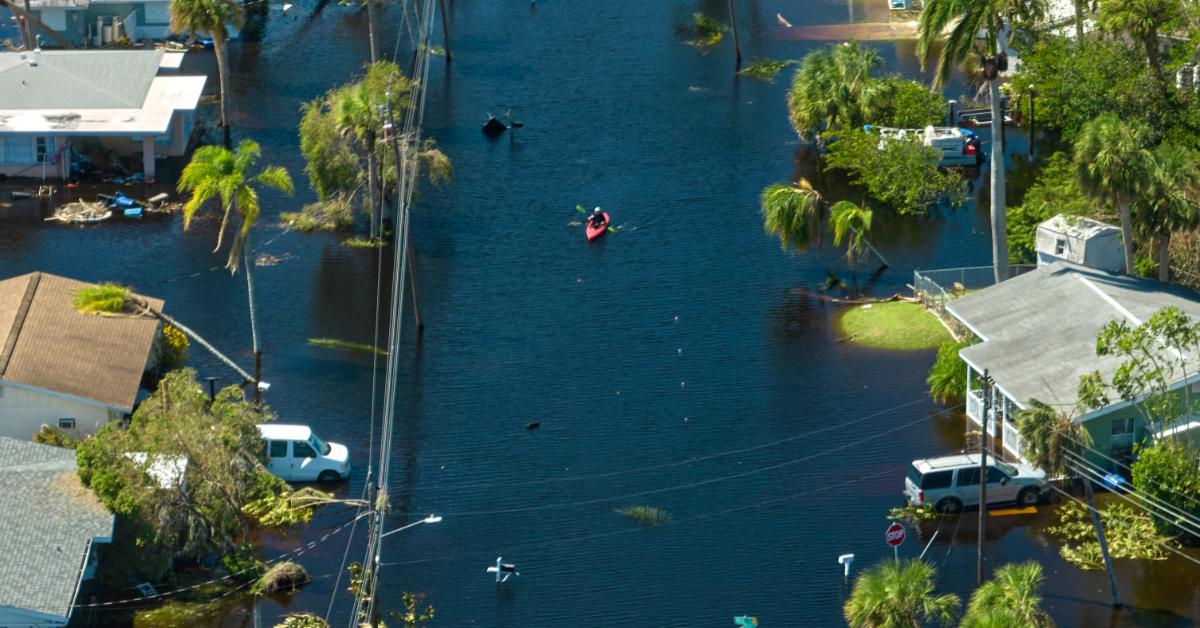Why Every Coastal Community Needs a Storm Surge Barrier
Every coastal community that is subject to hurricanes and tropical storms needs a storm surge barrier. Explore why your city needs them before the next storm.

One of the most destructive aspects of a hurricane is storm surge. The sudden rise in water levels has caught many communities and residents off guard and led to extreme flooding. That’s why it’s essential to have a strategy for how to mitigate the damage from storm surges and protect your people, buildings, and infrastructure.
What Causes Storm Surge
Storm surge is largely caused by high winds from hurricanes and tropical storms. The winds of a hurricane can reach more than 150 mph hour, and they are at their strongest when they are over the water. The cyclone winds push up a “mound” of water in front of the hurricane until it eventually hits land.
There are additional factors that cause storm surges, such as the angle of approach from the hurricane, and the low pressure created by the storm. If the surge occurs at high tide, it can add extra height to the surge and is often referred to as a storm tide. But high winds are by far the biggest factor leading to storm surge.
How Far Inland Can Storm Surge Go?
Storm surge is not just relegated to the coast, it can make it up to 25 miles inland, according to FEMA. This will depend heavily on the strength of the storm, elevation of the area, and existing bodies of water along the coast. We recommend consulting your local government officials or weather experts for accurate predictions on where and how far the storm surge could go in your area.
Risk Factors for Storm Surge Damage
Storm Surge Height
The exact height of a storm surge can be difficult to predict, and they can vary widely between 3 to almost 30 feet in height. One of the biggest, and most deadly storm surges in modern U.S. history was Hurricane Katrina, which had a storm surge of 28 feet along some parts of the Mississippi coast.
Infrastructure Readiness and Age
One of the biggest factors that will affect your flood prevention infrastructure’s ability to stand up to a major storm surge is its age. Many of the United States’ flood barriers and storm management systems were built several decades ago, and, like much of America’s infrastructure, are falling into disrepair.
Climate change has also introduced another major issue. Coastal flooding has seen an increase in recent years, and will likely get worse as the effects of climate change intensify. America’s flood infrastructure was built for a different world, and it doesn’t always account for the larger flooding situations that we see today.
Types of Storm Surge Barriers to Protect Coastal Cities
Seawalls
Seawalls are the first defense against storm surge, and it is vital that they are properly inspected and maintained. If an existing seawall doesn’t seem like it will be enough to protect against a storm surge, you can add temporary height using flood barriers such as TrapBags. They can also be used to deploy a new, temporary seawall within a matter of hours.
Temporary Dams
Creating a temporary dam is another way to create a strong line of defense against storm surge. They can be especially important for protecting specific areas that may be especially vulnerable to flooding, such as construction sites, water reservoirs, and infrastructure.
Levee Embankments
One of the main ways in which a storm surge can travel inland is through the rivers and streams that feed into the ocean. When combined with the flooding caused by precipitation, rivers and banks can overflow, causing significant damage to homes and infrastructure alongside them. A levee embankment will provide extra protection by raising and strengthening the bank.
Why Use TrapBag as a Storm Surge Barrier?
TrapBags are an excellent choice for hurricane storm surge protection due to their strength, ease of deployment, and versatility. TrapBags have been used effectively as seawalls, flood barriers, erosion control measures, and mudslide protection.
Unlike sandbags, TrapBags are specially engineered in a pentagon-like structure to create a solid wall against storm surges. Temporary storm surge barriers can be filled with sand or washed gravel, while permanent barriers can be placed with concrete. A team of two people using a front-end loader or other piece of heavy equipment can create an entire TrapBag barrier within just a few hours.
Protect Your Community with TrapBag Storm Surge Barriers
Want to know more about how TrapBags can provide hurricane storm surge protection for your community? Reach out to our expert to team to talk about building a storm surge barrier with TrapBags today.

